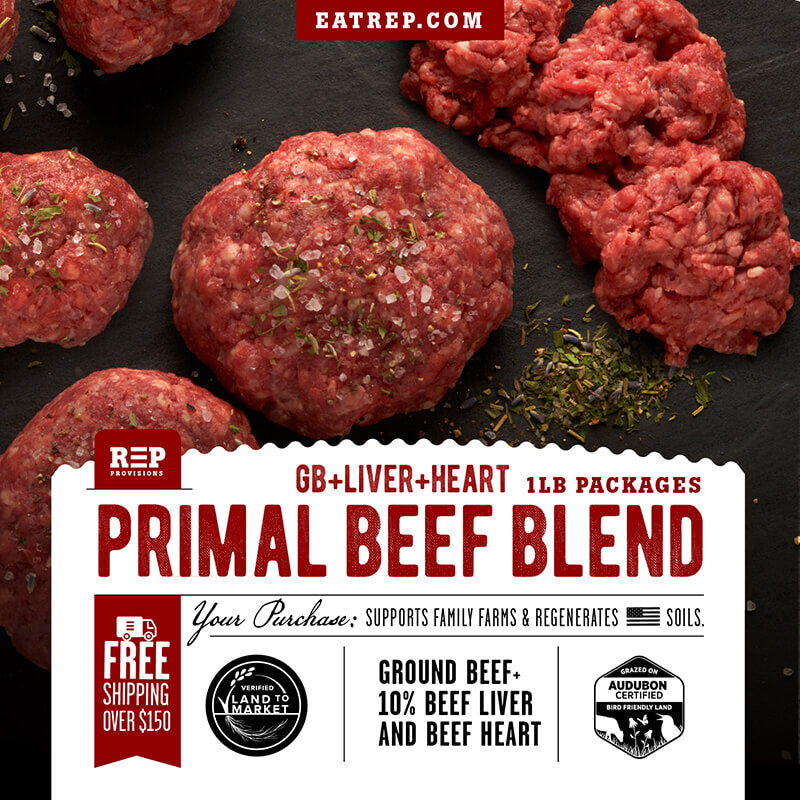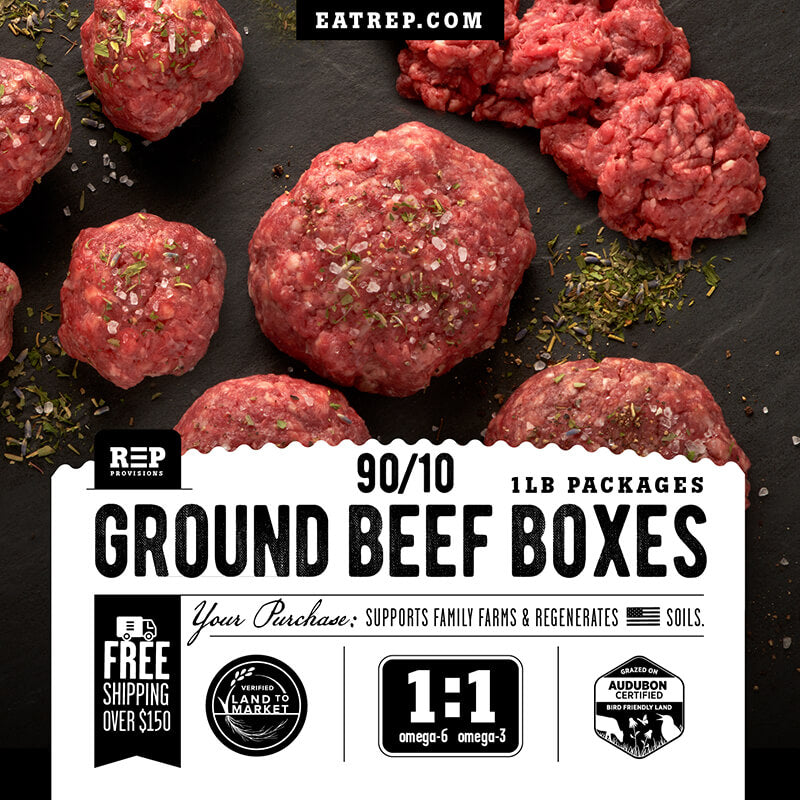

Authored by Anthony Hauck
A fenceline that a half-century ago had 12 meadowlarks today may only have six. If trends continue, in 25 years, on that same fenceline, there may only be three. Eastern Meadowlarks, in particular, are vulnerable to climate impacts, with a worst-case scenario of eventually losing 37 percent of their current range, mainly across the southern Great Plains and the Southeast.
You won’t find those missing Eastern or Western Meadowlarks on the side of a milk carton. (These close bird relatives are remarkably similar in colors and pattern, with each recognized by its very different song and callnotes.) Their disappearance isn’t the result of some grand caper, but a decline in the amount of overall habitat, changes in land-use - conversion of grasslands to croplands or for development - so glacially-paced that one can almost be excused for barely batting an eye. The Eastern Meadowlark and its trademark prairie anthem, and the Western Meadowlark, the diminutive icon of the American West, are now common bird species in decline.
Does some small, yellowish bird matter? And what does it have to do with my beef?
The meadowlark is, in fact, much more than just a meadowlark. It’s what’s known as an “indicator species,” or a key marker in diagnosing the overall health and biodiversity of an ecosystem. Think of the ecosystem as a patient, and meadowlarks as its beating prairie pulse. Found in abundance, meadowlarks essentially tell us that all systems - from the soil, plant life, water, animals, and air - are in good shape, a passing physical. Found in few or worse, not at all, the rarity or absence of these birds tells us trouble has arrived or is on the way for one or more systems.
It’s not a milk carton, but you will find the meadowlark on the REP Provisions logo (along with the Scissor-tailed Flycatcher and Ring-necked Pheasant). Subtly beautiful as the meadowlark is, its perch represents much more than marketing.
This year, REP Provisions’ home ranch, the DoubleP Ranch, received a bird friendly habitat certification through Audubon Conservation Ranching. The earned certification notes habitat management practices that specifically benefit grassland birds, meadowlarks included. And because grasslands need grazers - like what bison did for eons - cows and carefully-planned grazing efforts create nuanced grasslands at DoubleP that aid a broader, biodiverse array of birds and pollinators.
“Prairie birds are a passion of ours,” said REP Provisions founder Eric Perner, “The best part is, improving their populations doesn’t amount to a choice between economics and environmental stewardship. Birds and beef are connected on the ground, fitting right in with our regenerative grazing methods.”
With the certification, beef products from REP Provisions now carry the Audubon Certified bird friendly seal, which gives consumers the knowledge that products came from lands where wildlife habitat and biodiversity are a vital part of on-the-ground management. The green and white seal features a grazing cow, blooming coneflower, pollinating butterfly, and yes, that persistent indicator again, a singing meadowlark.

The partnership between REP Provisions and Audubon is part of an expanding alliance between ranchers and conservationists, pairings that not all that long ago may have seemed like strange bedfellows. With demand for natural climate solutions and growing consumer demand for grass-fed beef, the value of grasslands is on the upswing. REP Provisions and nearly 140 participating ranches have or are in the process of having their lands certified as bird friendly by Audubon, encompassing 3.5 million acres of grasslands. The Audubon Certified bird friendly seal can be found in grocery aisles, farmer’s markets, and online REP Provisions, online. Products featuring the seal include all of our Regular Beef Cuts and Bundles + Our Colorado Bison from the Gleason Ranch.
Chris Wilson, Director of Audubon Conservation Ranching, said consumers, long the missing link in the grassland conservation equation, now have the most influential role to play. “Knowledge is power. The Audubon Certified bird friendly seal provides the knowledge of where food comes from and its impact on the land. The power comes in selecting a producer and retailer like REP Provisions. What we say with our wallets can be the way to more wings over grasslands.”
As for the 12 meadowlarks on the fenceline, Perner says his regenerative focus is different than sustainability.
“Sustainability says that if we have 12 today, we want 12 a year from now, and in perpetuity. With regeneration, we’re going to improve the soil, increase biodiversity, absorb carbon and water, and have 13 meadowlarks. Then 20 meadowlarks. Then 24 meadowlarks. Our destination is beyond sustainability, and meadowlarks will be a great indicator on this journey.”





Very interesting and makes a lot of sense. I’m sick of this war on cattle and climate change. I’m also sick all the building going on everywhere. if your worried about the earth get rid of the chemical pesticides destroying our pollinators and birds. Cows are not the problem.